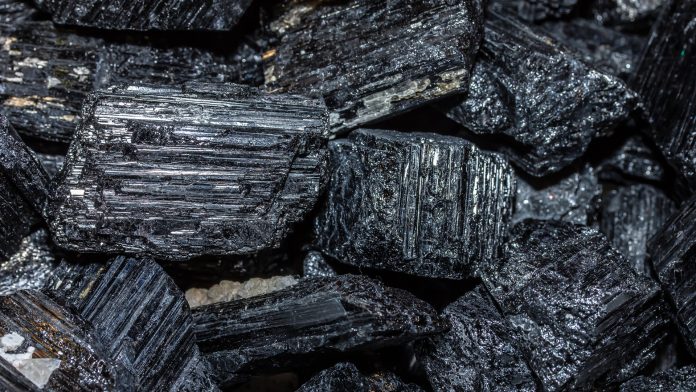Researchers from institutions across the US are collaborating on a new rare earth elements separation and purification strategy that utilises microorganisms.
Scientists from Lawrence Livermore National Laboratory (LLNL), Penn State, Columbia University, Tufts University, the University of Kentucky, and Purdue University, alongside industry partner Western Rare Earths, are participating in this ambitious rare earth elements (REEs) purification strategy that employs both naturally occurring and engineered proteins and bacteria.
Scalable bio-based separation and purification
Through the Defense Advanced Research Projects Agency (DARPA) Environmental Microbes as a BioEngineering Resource (EMBER) programme, the researchers received $4m funding for R&D Pphase one1 with the opportunity for up to a further $9m based on programme performance in follow-on phases.
The scientists will leverage innovation in microbial and biomolecular engineering to create a scalable bio-based separation and purification strategy for rare earth elements, making use of under-developed domestic sources.
Rare earth elements are a set of 17 elements in the periodic table including the 15 lanthanides as well as scandium and yttrium. REEs are indispensable in the race for competitiveness in a high-tech economy as they are utilised in numerous devices at the heart of the clean-energy industry and national security. This includes computer components, wind turbines, hybrid/electric vehicles, LCD screens, and microwave resonators. Meanwhile, in the defence sector, they are employed in lasers, precision-guided weapons, magnets for motors, and other devices.
“To date, the chemical processes required to extract and purify REEs have been complex and harmful to the environment,” explained LLNL scientist Yongqin Jiao, who is the principal investigator for the project. “Extracting or recycling REE from new sources, like low-grade ores and tailings, while using natural products could be game-changing for the REE supply chain.”
Strengthening rare earth supply chains
Currently, the US has sufficient domestic resources of rare earth elements. However, its supply chain needs fortifying because of reliance on foreign bodies for separation and purification of these elements. ‘Biomining,’ a method that utilises microbes to extract or separate target metals, such as gold or copper from a range of sources, which is not yet optimised for REEs because the important role these elements play in biological processes has only just been discovered.
In this novel project, the team based at Lawrence Livermore National Laboratory will leverage the diversity, specificity and customisability of environmental microbiology, synthetic biology, and protein engineering to facilitate new biomining techniques for the separation, purification and conversion of REEs into manufacturing-ready forms.
“By cultivating new and translating existing bioengineered REE-converting bacteria and proteins, we will deliver platform biotechnologies for REE separation and purification with high commercialisation potential,” added LLNL scientist Dan Park, who is one of the project’s technical leads.
Discovering new REE-associated microorganisms
On top of using previously identified and tested microbes and proteins, the researchers will conduct a bioprospecting campaign to detect new REE-associated microorganisms that demonstrate REE-utilisation capacity. Results from this project will help expand the range of REE-biomining hosts and REE-binding biomolecules.
“If successful, the biomining process developed in this project has the potential to help alleviate REE supply vulnerability by re–establishing a domestic REE supply chain, which is critical for advanced defence and commercial manufacturing processes,” concluded Shankar Sandaram, the Lab’s programme liaison to DARPA.









